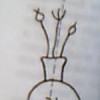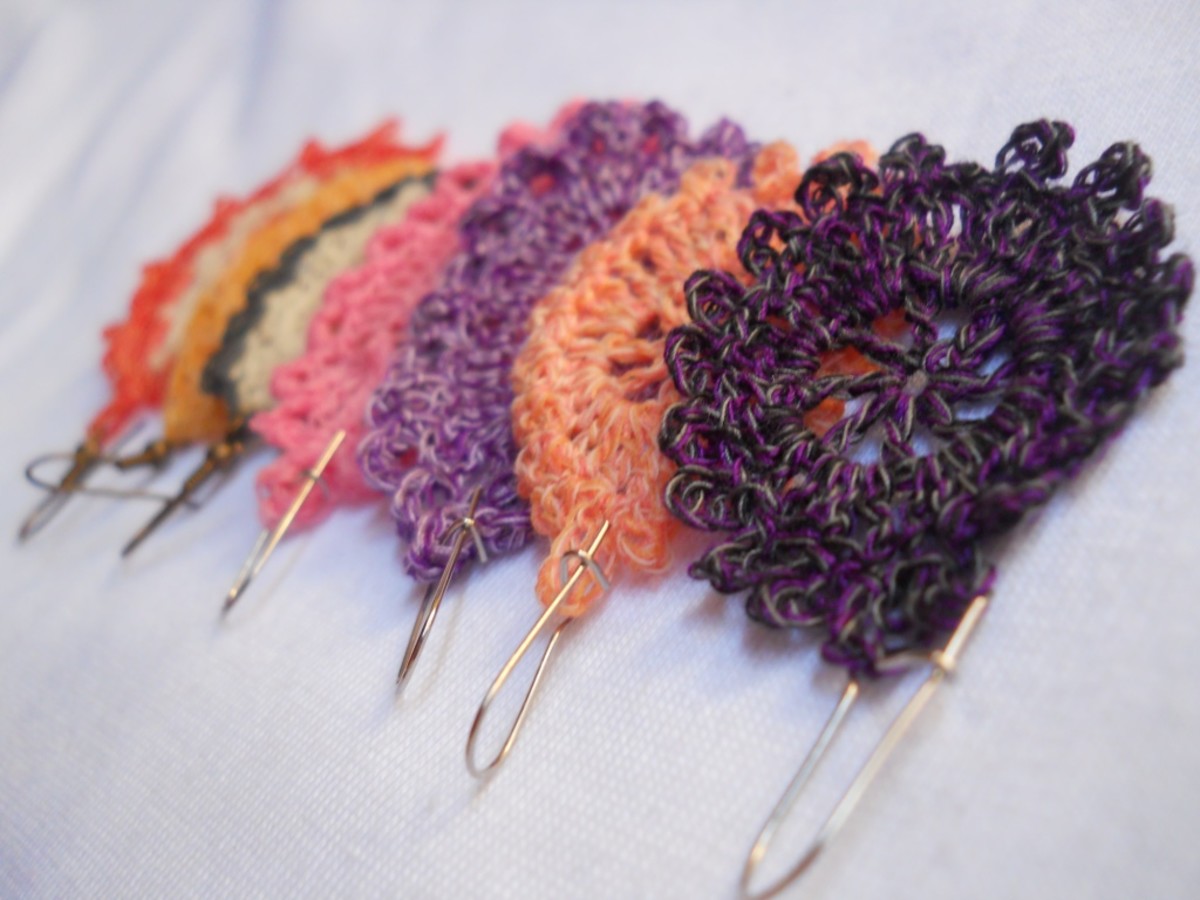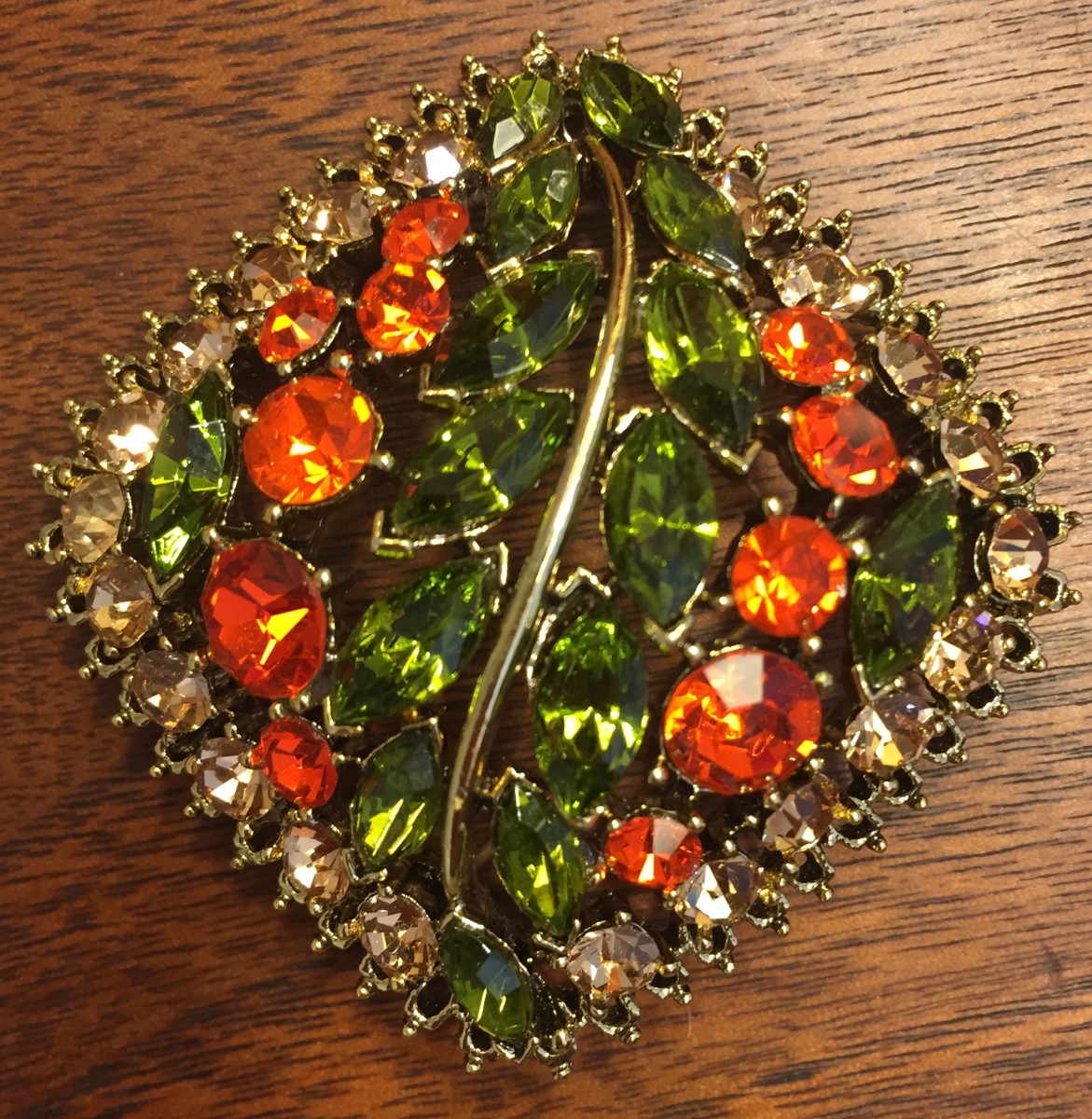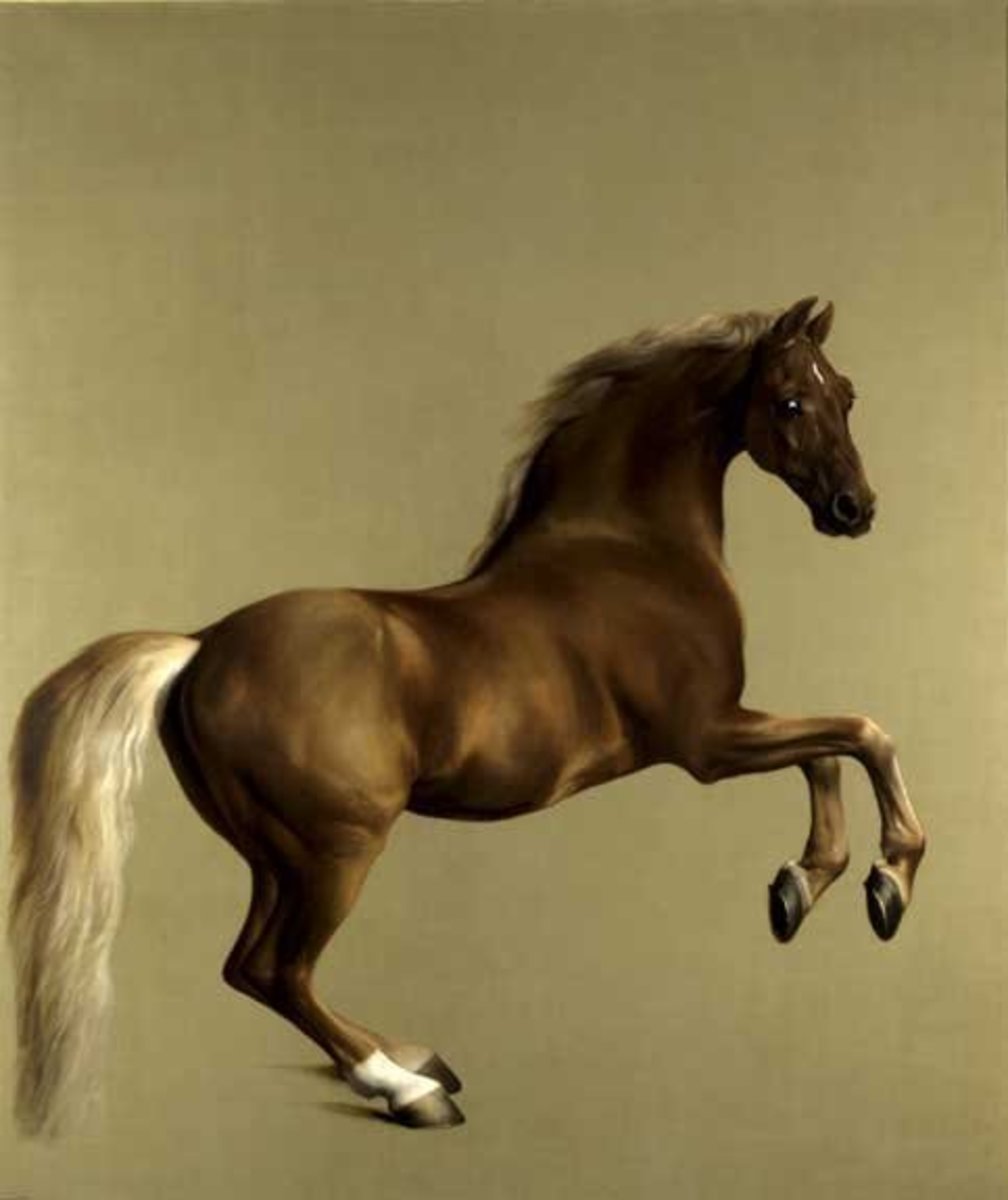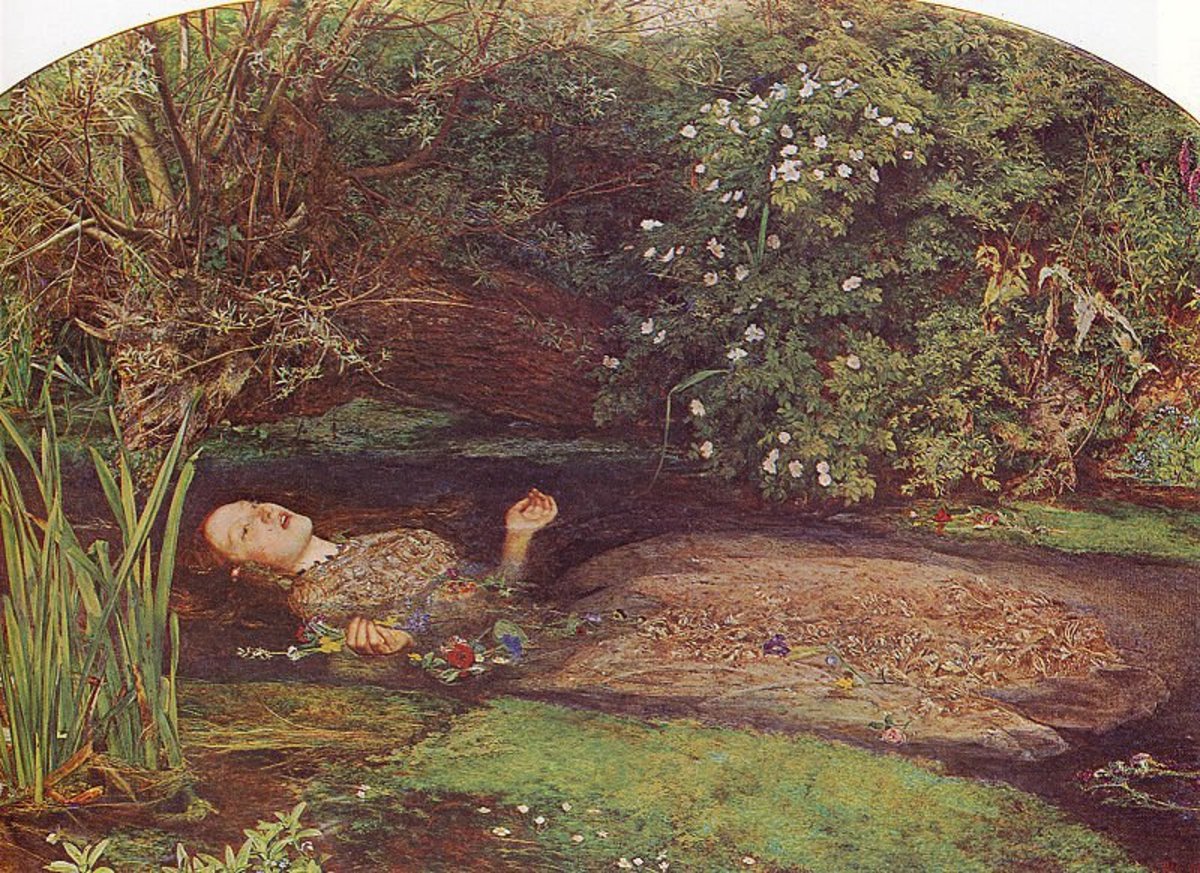The Question
A pair of the gold earrings in the Hecht collection at Haifa University in Israel
(The question of attribution)
The gold earrings, purchased in Jerusalem represent a miniature naked male figure stamped in thin sheet of gold. Each earring is bent into shape of a ring and soldered to the hoop, together forming an annular type.
The man is wearing a wide headband, which serves at the same time to fasten the top of the figure to the hoop. A miniature disk, in the shape of an eight-petal rosette adorned with granulation, is soldered to the hoop above the figure’s head. The man’s features, a high forehead and long nose, can barely be made out.
The arms are bent at the elbows, and the hands rest on the hips. Each figure wears a sash, extending from the right shoulder down to the left on one earring, and in mirror image on the other. The sashes consist of two fine wires (each figure has two wires) soldered over, and adorned with granulation along both sides (both sides wires of each figure) It is important that different kinds of granulation were employed – a row of granules on one earring and clusters of three- four on the other (1) Inside the earring a ring-lock for a hook is soldered to the feet.
The following questions arise:
-when was such jewelry made and by whom?
-what were its symbolic and functional aspects?
We may look for some parallels in Greek and Roman jewelry, from the museums of Greece, Italy and Cyprus, where earrings of the same type (they are composed of a half-ring of plated wires, to which a nude figure of Eros is soldered) are similar to the ones present in the Hecht museum. According to some catalogues of ancient jewelry from Mediterranean region, earrings with the image of Eros have been very popular in the period of time between III BC-1 AD. Chronological range and the analogies suggest that the earrings purchased in Jerusalem are from the period between the first century BC to the first century AD.
Let us consider some iconographical details of the analogies: the gold strip over the man’s head recalls the flying fabric or fire-flame. The disk over the figure’s head in the shape of an eight-petal rosette symbolized the sun or universe and Eros, who is subordinate to the universal order. Eros is the ancient creator of cosmos out chaos, the first-born spirit of conception. In women’s jewelry Eros’s image emphasizes sensuality.
The image mirror sashes of the pair of figures accord with the universal principle of magic opposition: left-right; odd-even.
As an amulet the earrings protected the ear. The gold of which the object is made is also significant. Gold is known to symbolize the sun and heat: it was believed to have antiseptic properties which were used in medicine. It is therefore not by chance that gold acquired the epithet “noble”, and not only because of its external properties, its glitter and ease of working.
The earrings could be used as an “energy permit” to the world of heavenly dwellers or as a donation to the temple. The size of the earrings and their weight are designed for a young woman. The small weight may point to the owner’s social status in the middle stratum of society. If they served as money, as jewelry in the ancient world often did, the earrings could not have been of a high denomination.
It is therefore in spite of their Hellenistic inspiration and possible Israeli provenance that our earrings can find Central Asian parallels (Bactrian Gold) and in Mediterranean region as well. These earrings, dating to the first century BC can be seen throughout the jewelry collection present in HaifaUniversityMuseum.
We have seen that there are close contacts and mutual influences between ancient countries of the period mentioned above (1 BC- 1 AD). This is attested by techniques of stamping, granulation, as well as material, sheet gold, which characterized the craft of the artisans at the same time.
Notes.
- Bactiran Gold, Leningrad, 1985
Bibliography:
Neva E. Catalogue of Ancient jewelry in the HechtMuseum, Haifa (manuscript)
Lukonin V. Persia II, N.Y., 1976
Marchall M. Catalogue jewelry, London, 1911
Sarianidi V. Bactrian Gold, Leningrad, 1985
Segall B. Katalog der goldschmiede- Arbeiten, Athen, 1938
